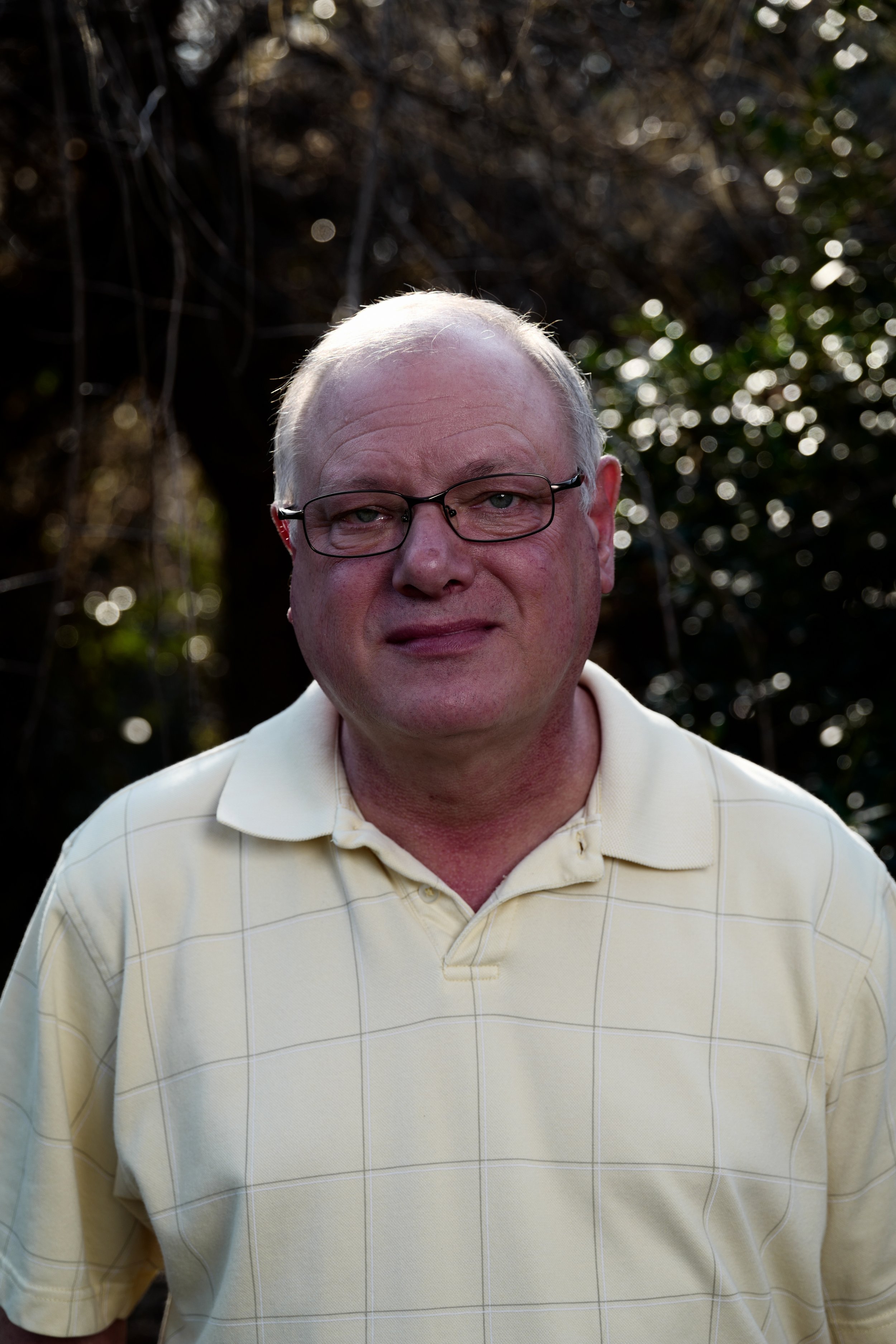Not known Facts About Uv/vis
Wiki Article
Some Known Factual Statements About Circularly Polarized Luminescence
Table of ContentsThe Definitive Guide to SpectrophotometersUv/vis Things To Know Before You Get ThisRumored Buzz on Circularly Polarized LuminescenceSpectrophotometers Things To Know Before You Buy7 Simple Techniques For Uv/vis

Although spectrophotometry is most frequently used to ultraviolet, visible, and infrared radiation, modern spectrophotometers can question large swaths of the electro-magnetic spectrum, including x-ray, ultraviolet, noticeable, infrared, and/or microwave wavelengths. Spectrophotometry is a tool that hinges on the quantitative analysis of particles depending on how much light is soaked up by colored substances.
The Facts About Circular Dichroism Uncovered
A spectrophotometer is typically utilized for the measurement of transmittance or reflectance of options, transparent or nontransparent solids, such as refined glass, or gases. Although lots of biochemicals are colored, as in, they absorb visible light and for that reason can be measured by colorimetric treatments, even colorless biochemicals can typically be transformed to colored substances suitable for chromogenic color-forming responses to yield substances appropriate for colorimetric analysis.: 65 However, they can likewise be developed to measure the diffusivity on any of the listed light varieties that typically cover around 2002500 nm using different controls and calibrations.An example of an experiment in which spectrophotometry is used is the determination of the stability constant of a solution. A particular chain reaction within an option may take place in a forward and reverse instructions, where reactants form products and items break down into reactants. At some point, this chemical reaction will reach a point of balance called a balance point.
Some Known Questions About Uv/vis.
The amount of light that passes through the option is indicative of the concentration of certain chemicals that do not allow light to go through. The absorption of light is due to the interaction of light with the electronic and vibrational modes of molecules. Each kind of molecule has a specific set of energy levels associated with the makeup of its chemical bonds and nuclei and thus will soak up light of particular wavelengths, or energies, leading to distinct spectral homes.
They are extensively utilized in lots of industries consisting of semiconductors, laser and optical manufacturing, printing and forensic assessment, as well as in laboratories for the study of chemical substances. Spectrophotometry is often utilized in measurements of enzyme activities, decisions of protein concentrations, decisions of enzymatic kinetic constants, and measurements of ligand binding reactions.: 65 Eventually, a spectrophotometer is able to identify, depending on the control or calibration, what compounds are present in a target and exactly how much through calculations of observed wavelengths.
Created by Arnold O. Beckman in 1940 [], the spectrophotometer was developed with the help of his associates at his business National Technical Laboratories established in 1935 which would end up being Beckman Instrument Company and eventually Beckman Coulter. This would come as a service to the previously produced spectrophotometers which were not able to take in the ultraviolet correctly.
An Unbiased View of Uv/vis/nir
It would be found that this did not offer satisfying results, therefore in Model B, there was a shift from a glass to a quartz prism which enabled better absorbance outcomes - UV/Vis (https://www.figma.com/file/eT4jdyebIeUQ23ozOL89IX/Untitled?type=design&node-id=0%3A1&mode=design&t=vN0gsYYCmHohU5HF-1). From there, Model C was born with a modification to the wavelength resolution which ended up having 3 units of it producedIt irradiates the sample with polychromatic light which the sample takes in depending on its properties. It is transmitted back by grating the photodiode selection which detects the wavelength region of the spectrum. Since then, the development and execution of spectrophotometry devices has actually increased exceptionally and has ended up being one additional info of the most innovative instruments of our time.

More About Uv/vis/nir
The grating can either be movable or fixed.In such systems, the grating is fixed and the strength of each wavelength of light is measured by a various detector in the variety. Furthermore, most contemporary mid-infrared spectrophotometers utilize a Fourier change method to acquire the spectral details - https://papaly.com/categories/share?id=82b22f606fb5496cbfab4f86fdfbca1c. This method is called Fourier change infrared spectroscopy. When making transmission measurements, the spectrophotometer quantitatively compares the portion of light that passes through a referral option and a test service, then digitally compares the strengths of the 2 signals and computes the percentage of transmission of the sample compared to the reference standard.

Report this wiki page